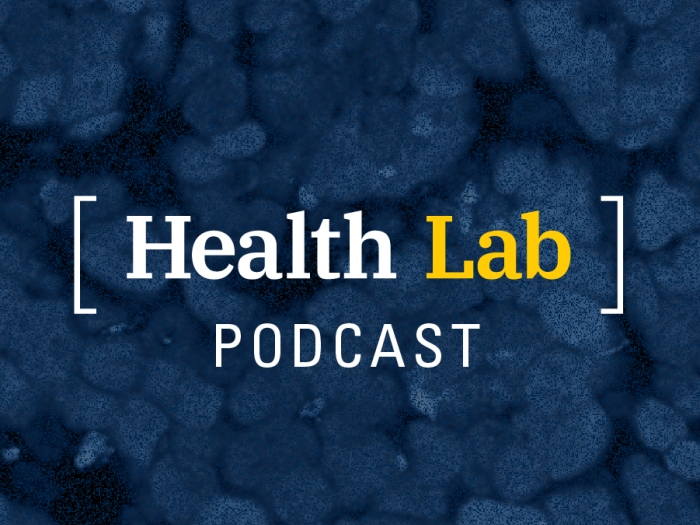After a month of learning about the heart and lungs, we (first-year medical students) dove into our first day of the musculoskeletal sequence yesterday. This is the most intensive sequence in terms of the amount of anatomical knowledge to be mastered and the time spent dissecting in the anatomy labs. Yesterday, our first dissection for this sequence was to skin the arms of the cadavers.
The first time we dissected, I held my breath as my anatomy teammate slid the scalpel down the back of our cadaver. I was amazed at how easily the skin can be sliced through and parted. Two months later, I am now comfortable using scalpels to cut through skin and fascia and muscle, pliers to break the ribs in order to explore the thorax, and fine probes to comb out delicate nerves. However, yesterday I was still apprehensive when reading the portion of our lab manual describing the steps of skinning the cadaver in order to unearth the numerous nerves, veins, and arteries of the arms. But as usual, my teammates and I appeared at our dissection table donned in scrubs and white lab coats. We uncovered our cadaver and clipped new blades onto our scalpels. Normally the hands of our cadaver are wrapped in bags. But the first step of our dissection was to remove these bags. The hands of our cadaver still had all ten nails intact—smooth and polished. We started to slide our scalpels through the arms, delicately pulling apart the skin, snipping away at the layers of yellow fat, teasing out the larger stretches of violet veins and the delicate nerves. It was easier than I imagined it would be—perhaps because of the excitement of uncovering a fragment of a nerve or finding the cephalic vein that till now I had only seen on an anatomy flashcard. Still, after catching a glimpse of the fingers of our cadaver with its few hairs and nails while dissecting the upper arm, I temporarily covered the hands with the edges of the cloth that covered the lower portion of the body.
Later, I joined a long line of students in order to receive an individual box of human bones in order to (theoretically) study osteology during subsequent sequences. As I walked back home, someone stopped me and asked what was in the long gray boxes that I and some ten other students were carrying. "Bones," I casually replied. He asked, "Not human, right?" I laughed and said that of course the bones were human ones. He raised his eyebrows and said, "Well that's a nice way of celebrating Halloween."

Department of Communication at Michigan Medicine
Want top health & research news weekly? Sign up for Health Lab’s newsletters today!





